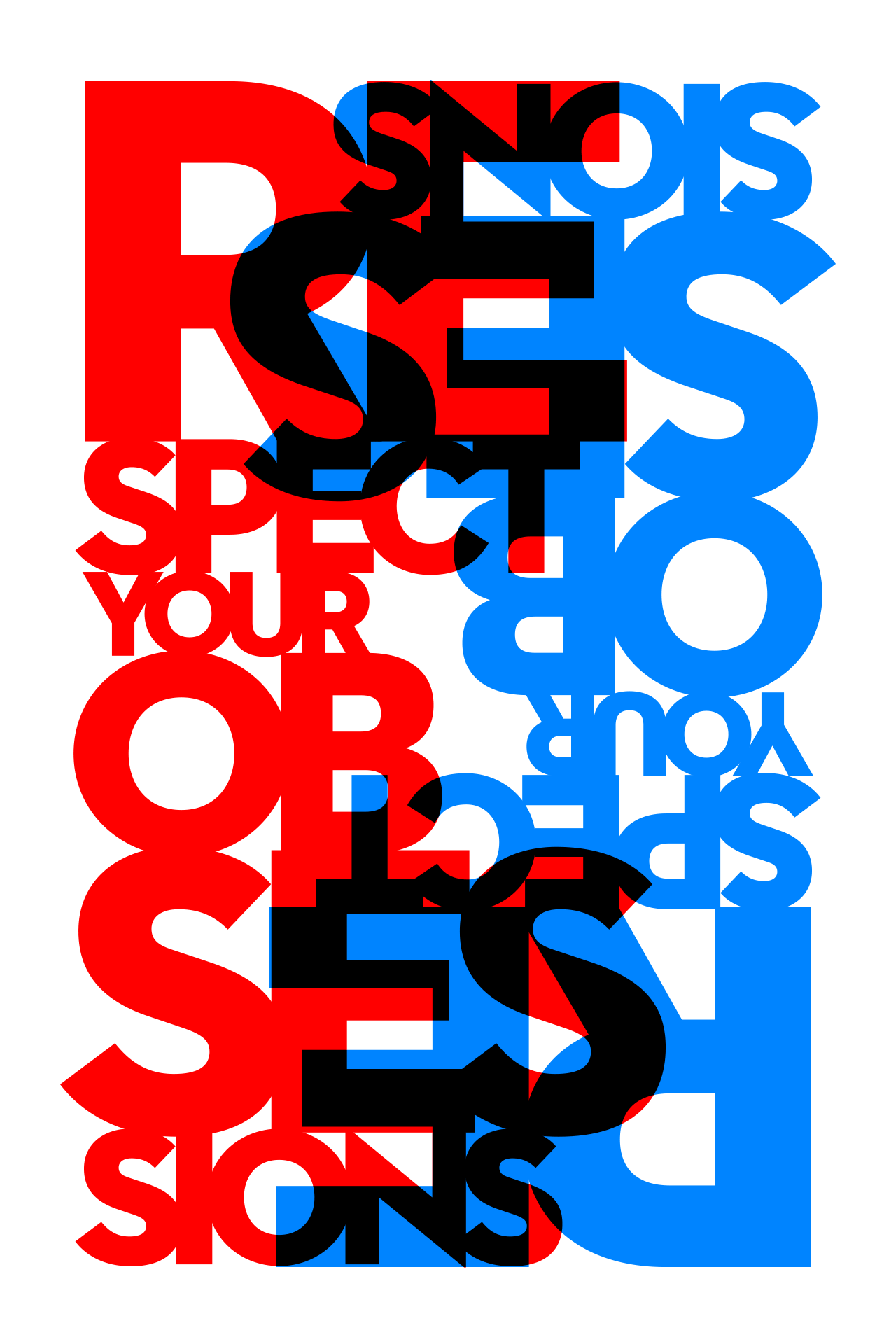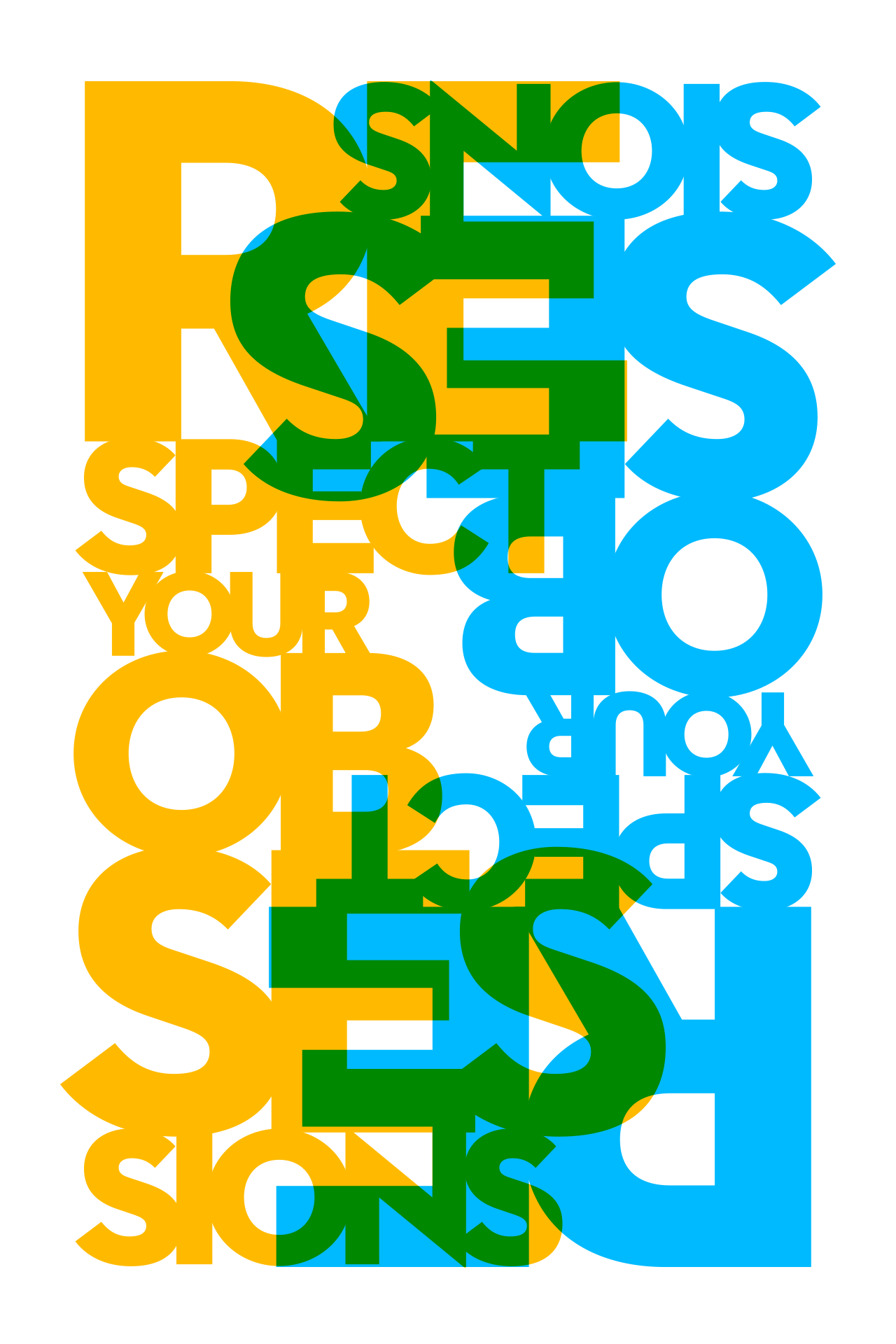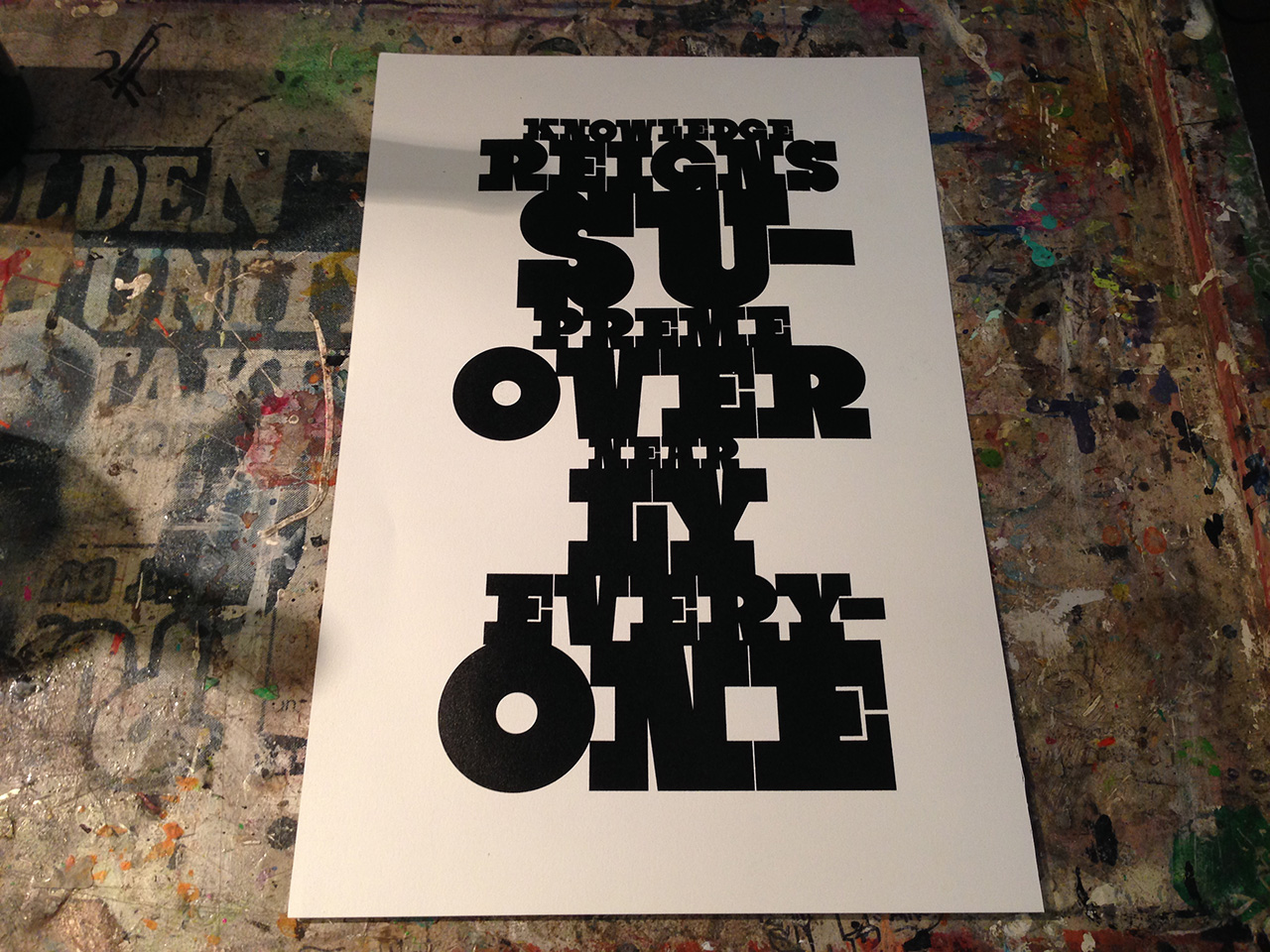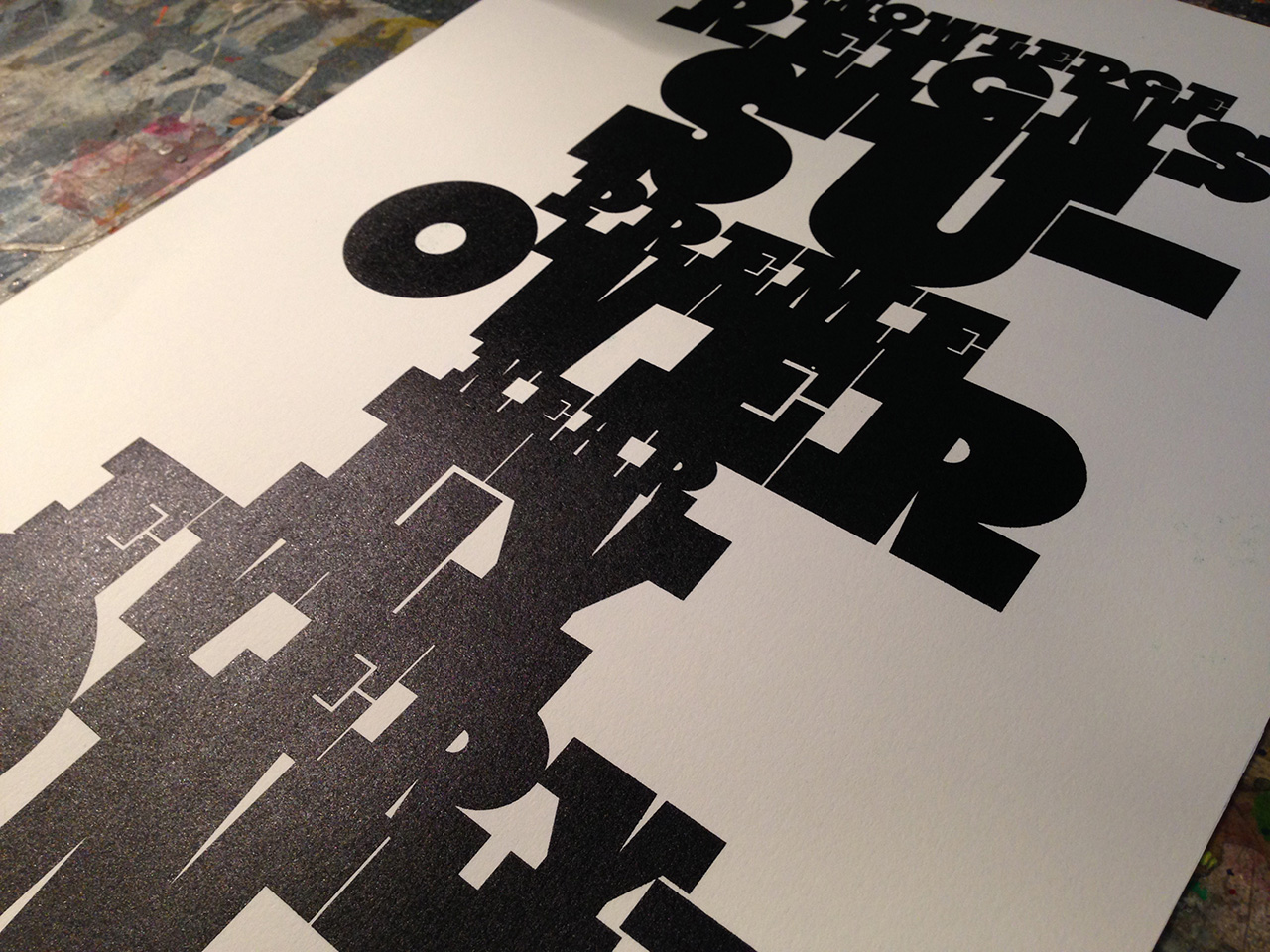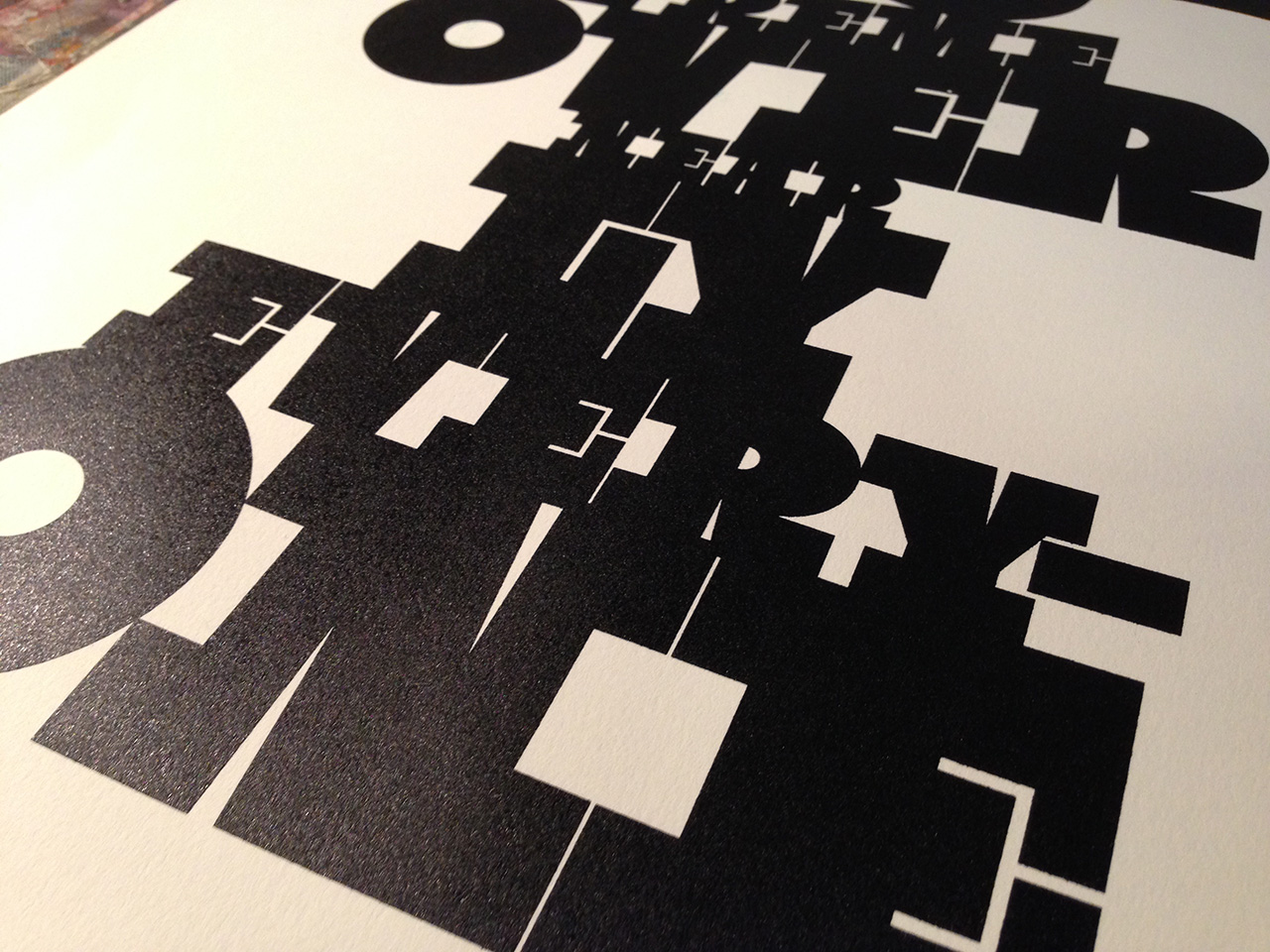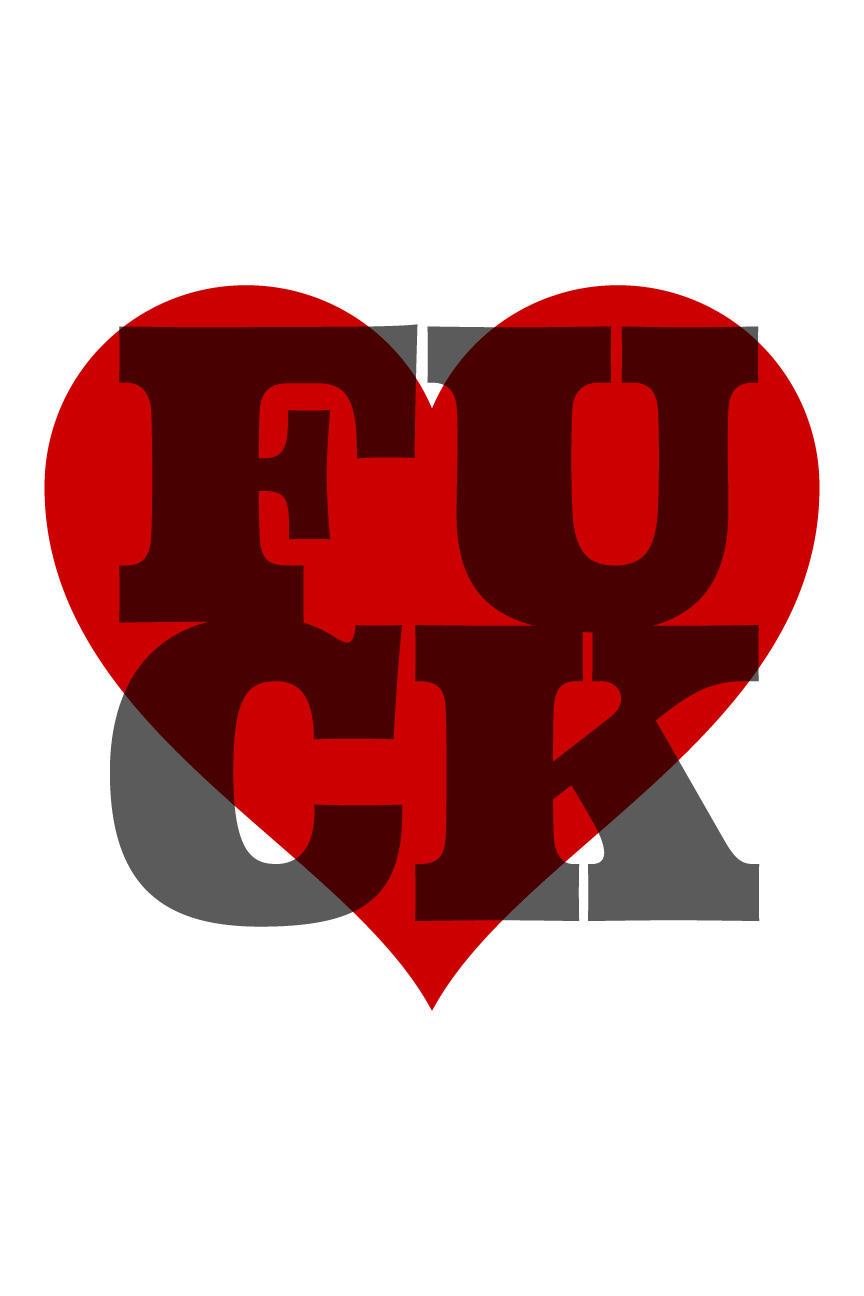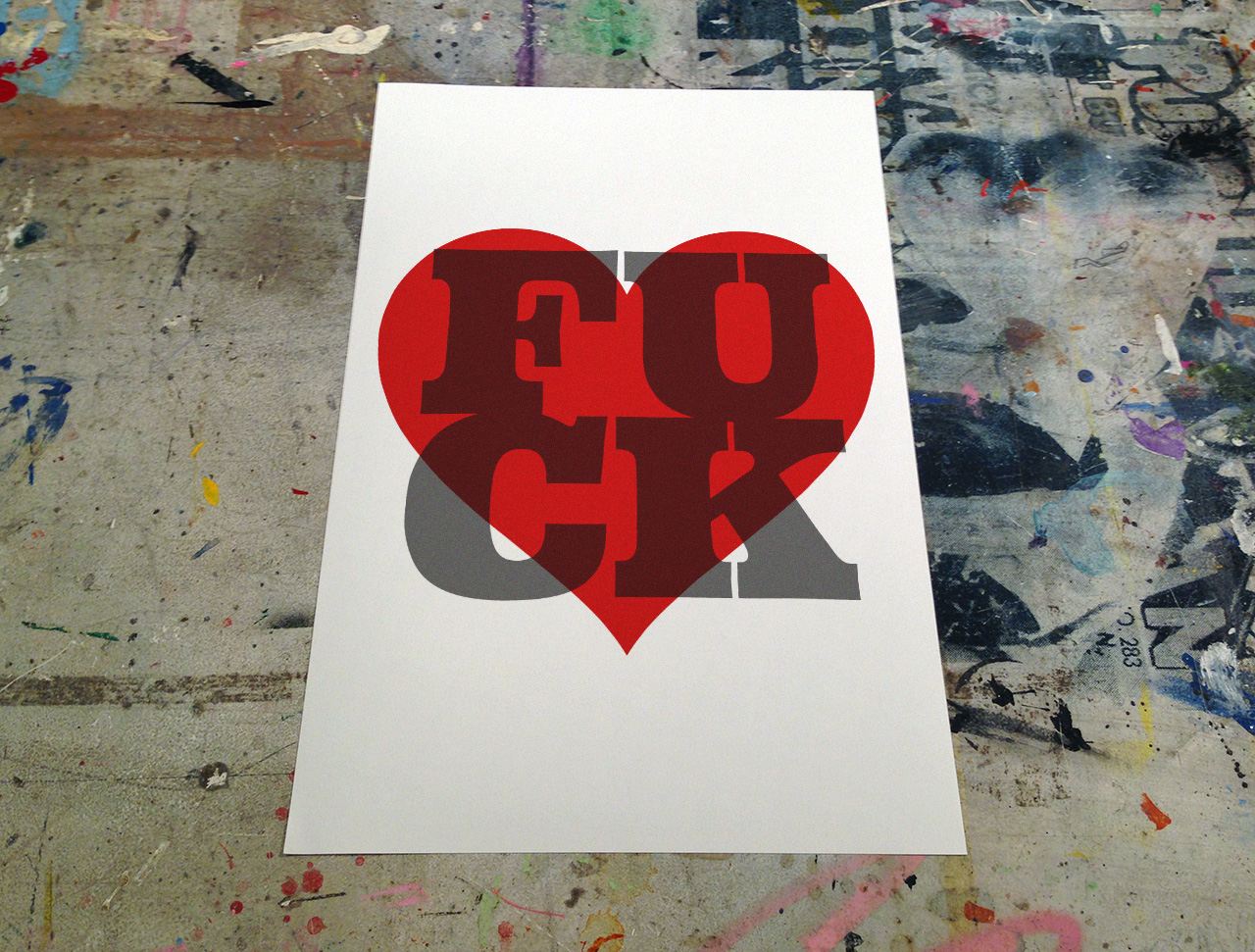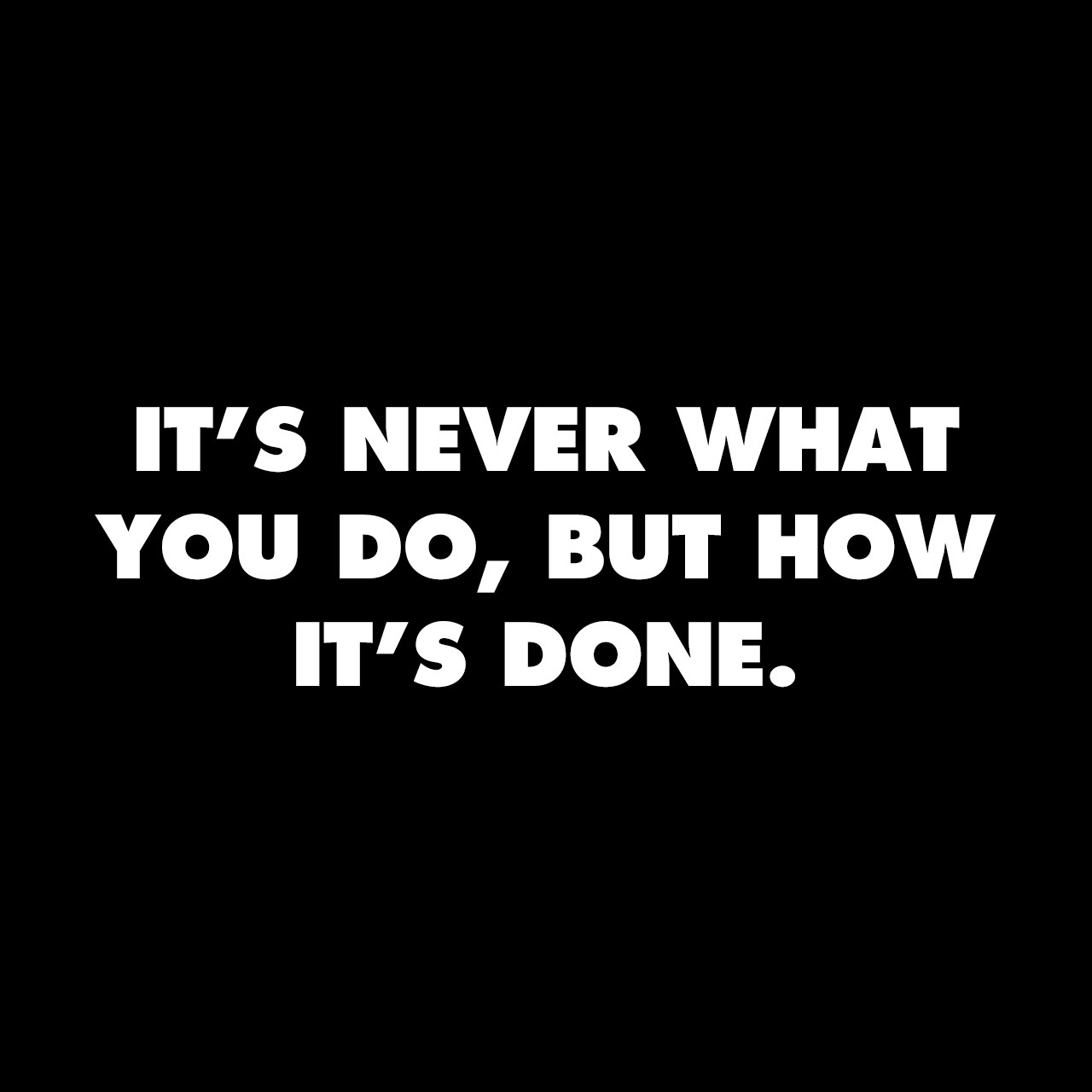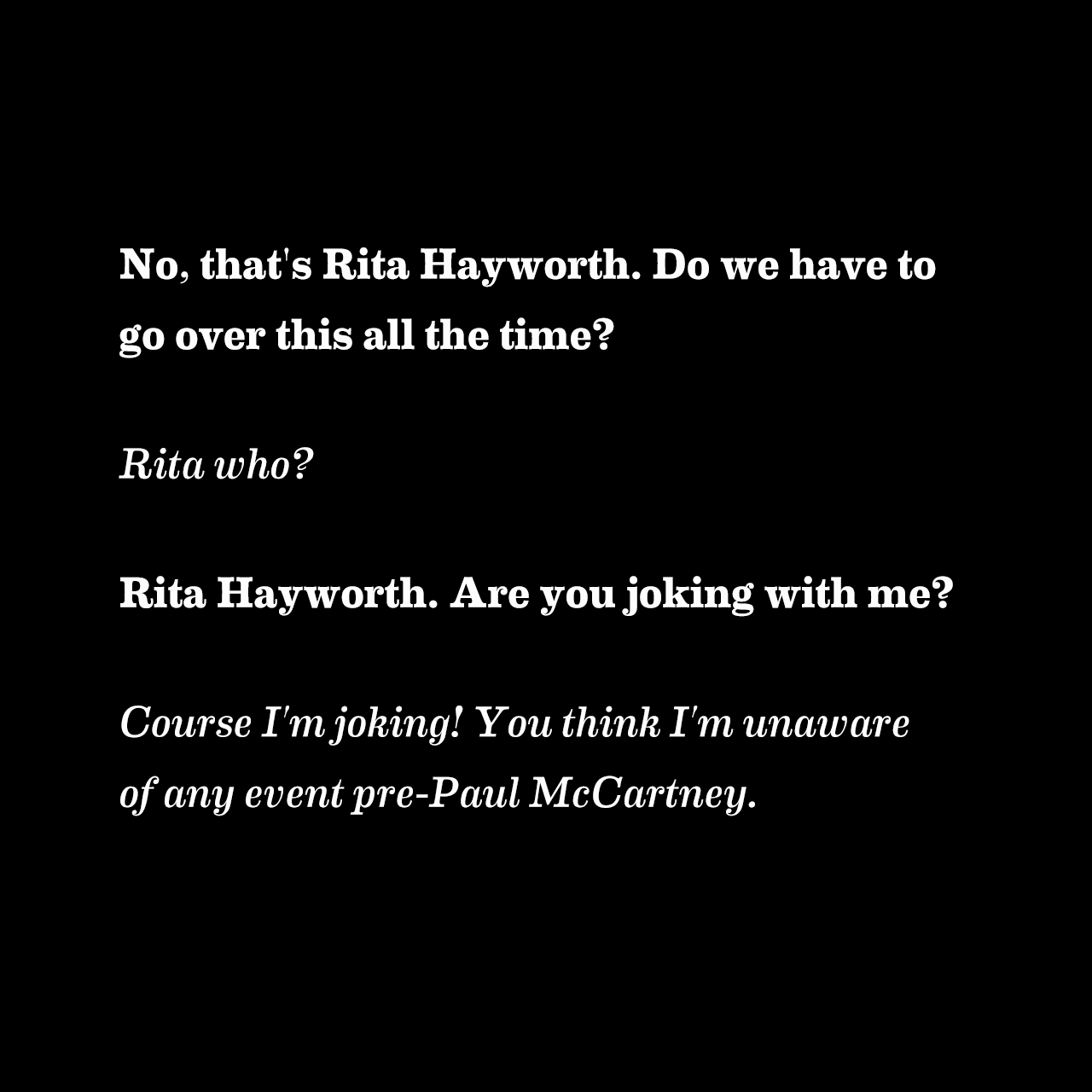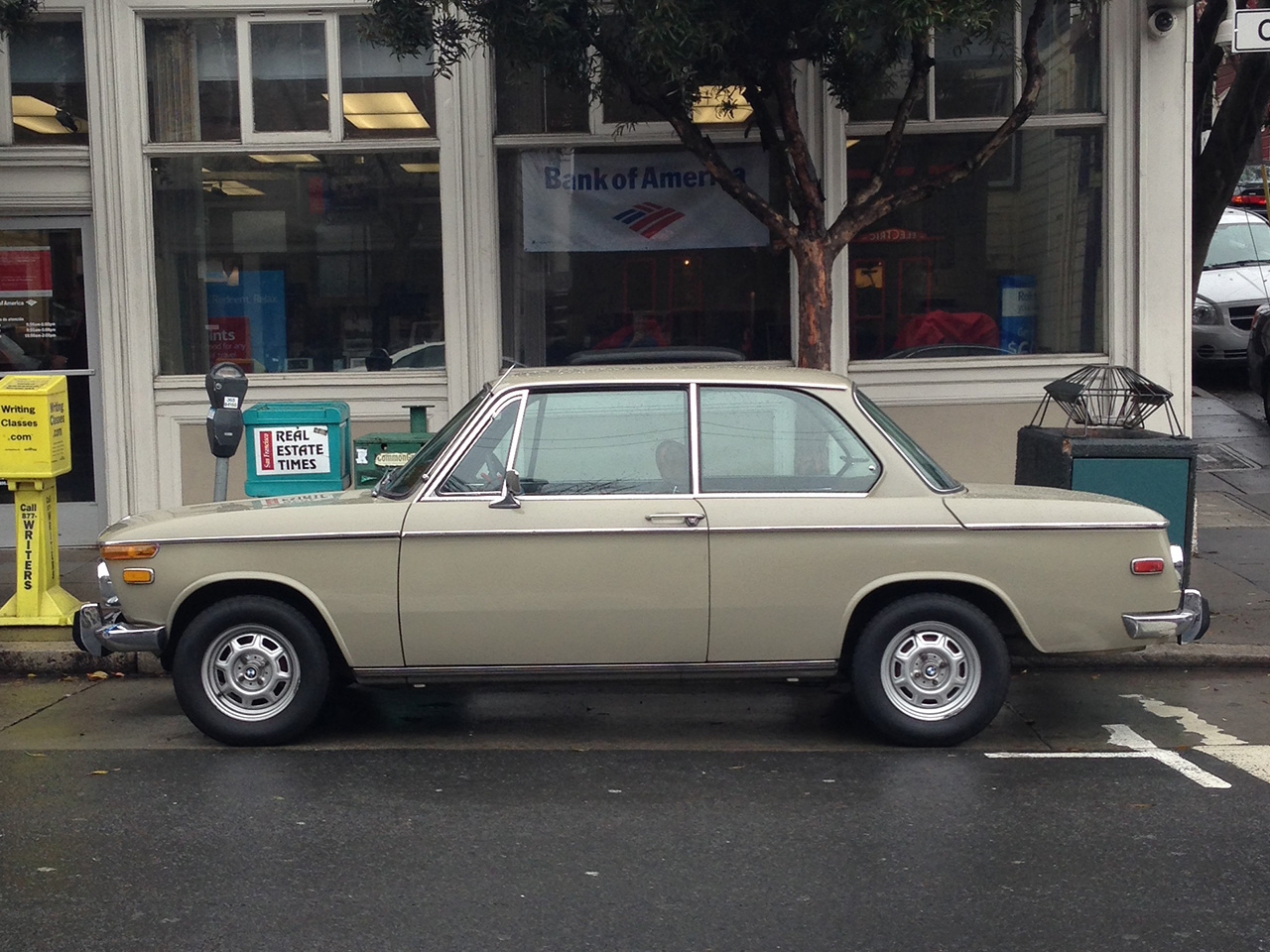Supersaturation and the Subsequent Creative Fallout
Quartz: Why major creative breakthroughs happen in your late thirties:
So why the late 30s? The most obvious factor is education: Scientists spend ages 5 through 18 in school, and then ages 18 through 30ish getting their academic degrees. Then a few years of learning on the job, and presto! You dig up an uncertainty principle. Meanwhile, scientific breakthroughs tend to be less common in old age because we invest less in learning as we get older, and our skills gradually become less relevant.
There’s evidence from the humanities, though, that genius doesn’t decline with age at all. Over 40% of both Robert Frost’s and William Carlos Williams’ best poems were written after the poets turned 50. Paul Cézanne’s highest-priced paintings were made the year he died.
I’m 36 years old, and a few years ago I got back into screen printing for the first time since college and since then I’ve been creating new designs on a regular basis.
In tandem to regularly creating art, I’ve been regularly updating a backlog of project ideas so I don’t forget them (I keep my lists in iOS app called Simplenote).
Why did I wait so long to start making art? I think it’s because I never had anything to say or express before now. For years I’ve been reading and learning and collecting things. Then I reached a point of supersaturation and things are precipitating out of my head.
